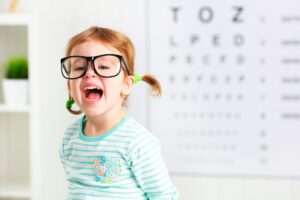What to expect from Pediatric exams at the Optometrists' Clinic
At Optometrists’ Clinic Inc., we know that understanding what to expect from a pediatric eye exam can help your child feel more prepared, confident, and comfortable walking into our clinic. Whether you’re booking their first visit or they’re due for an annual check-up, here’s what you need to know about getting a pediatric exam at The Optometrists’ Clinic in Edmonton!

Looking out for your child's eyesight
Proper eye care is an important part of your child’s development and can sometimes be overlooked or seen as unimportant. If left unchecked, impaired vision in your child can lead to falling behind in class, confidence issues, acting out, or, at worse, medical conditions arising without you knowing. Make sure you contact your pediatric optometrist in Edmonton to book an appointment before that happens!
A child should receive their first eye exam at 6 months old, again at 3, and then at 5 or six to ensure they’re not dealing with any visual impairment as they start school. This is the time that foundations for critical skills are being built and a child dealing with vision impairments may not be able to complete tasks they’re asked to or can’t fully concentrate on the tasks at hand and fall behind. If your child is acting out, you’re hearing from their teachers that they’re not willing or are avoiding reading in class, or your child is having headaches or have little to no attention span for visual tasks, you might want to get their eyesight tested by booking a pediatric exam with your Edmonton pediatric optometrist as soon as possible. They may require something as simple as a pair of glasses or something a little more complex such as eye therapy or surgery.
Eye and Vision Issues that Might Affect your Child
- Amblyopia: Commonly known as “lazy eye,” this shows up as decreased vision in one or both of the eyes without any damage or eye health problems. Treatment may include a patch on the dominant eye in order to strengthen the weaker eye.
- Strabismus: Misalignment of the eyes. Sometimes caused by a congenital defect to the muscles around the eye in charge of movement and positioning. May require surgery depending on severity and cause.
- Convergence insufficiency: Inability to comfortably keep an eye aligned when reading or any near tasks. Often successfully treated with vision therapy and eye exercises.
- Focusing problems: Also called accommodating problems, this is trouble changing from near to far focus or vice versa, or trouble maintaining focus for reading. Often successfully treated with vision therapy and eye exercises.
- Eye teaming problems: More subtle than strabismus and can cause depth perception and coordination problems.
- Colour blindness: Testing for colour vision is important to better understand a child’s colour perception. Although there is no cure for “colour blindness”, specialized lenses including Enchroma are available to aid with colour perception.
Comprehensive Pediatric Eye Exams in Edmonton
When booking pediatric exams, it’s best to book for a time that your child is generally happy and alert in order to get their cooperation and best results. The exam will typically involve taking your child’s medical history, a vision test, eye alignment testing, and eye health examination.
- Delayed motor development
- Frequent eye rubbing
- Excessive blinking
- Failure to maintain eye contact
- Cannot fixate on objects
- Has poor eye tracking skills
- Has failed a previous vision screening
If you notice more than one of these, and haven’t already, it’s time to book a pediatric eye exam with your Edmonton pediatric optometrists at The Optometrists’ Clinic!
Frequently Asked Questions
When Should I Bring My Child in for Their First Eye Exam?
Your child’s vision plays a crucial role in their early development and learning. The Alberta Association of Optometrists recommends that children have their first eye exam at 6 months old, followed by another at 3 years old, and then again before starting kindergarten. These early pediatric exams help detect potential vision issues before they impact development, motor skills, or school readiness.
At Optometrists’ Clinic Inc. in Edmonton, our experienced pediatric optometrists make the exam fun and comfortable, using specialized tests designed for young children. Even if your child doesn’t show signs of vision problems, routine eye exams are essential to ensure healthy eye development.
What Can I Expect from a Pediatric Eye Exam?
Pediatric exams at our Edmonton clinic are tailored to your child’s age and ability to cooperate. Unlike adult eye exams, these tests don’t rely on verbal responses or reading letters. Instead, we use specialized charts, pictures, and tools to evaluate vision, eye alignment, depth perception, and overall eye health.
During the exam, our Edmonton optometrists will check for:
- Visual Acuity: Ensuring your child can see clearly at different distances.
- Eye Teaming & Tracking: Checking how well both eyes work together.
- Depth Perception & Colour Vision: Evaluating their ability to perceive 3D space and colours.
- Eye Health Assessment: Examining the retina, optic nerve, and eye structures for any signs of disease or abnormality.
If any concerns arise, we will discuss treatment options, such as glasses, eye exercises, or follow-up care.
What Can I Expect if My Child Needs Eye Drops During Their Exam?
If our optometrist recommends cycloplegic refraction, your child will receive special eye drops that temporarily relax their focusing muscles. This test helps us get the most accurate prescription and thoroughly assess their eye health.
Here’s what to expect:
- The drops may sting slightly for a few seconds, similar to pool water.
- Your child’s pupils will dilate (enlarge), making their eyes more sensitive to light for a few hours.
- Their vision may become temporarily blurry, especially up close.
- The effects typically wear off in 4-24 hours, depending on the child’s eye colour and sensitivity.
We recommend bringing sunglasses or a hat for your child after the exam, as their dilated pupils may make bright light uncomfortable.
What is the Eye See... I Learn Program?
Eye See… Eye Learn is an initiative by the Alberta Association of Optometrists, in partnership with Alberta school boards, to ensure all children receive a comprehensive eye exam before starting kindergarten. Many vision issues, such as amblyopia (lazy eye), go undetected in young children and can lead to learning difficulties if left untreated.
Through this program, children entering kindergarten in Alberta can receive a free pair of prescription glasses if needed after their eye exam. This ensures they have the visual tools necessary for success in school.
At Optometrists’ Clinic Inc. in Edmonton, we proudly support Eye See… Eye Learn and encourage all parents to take advantage of this valuable program. If your child is starting kindergarten, book their eye exam with us and ask about the program during your visit!
Learn More About Eye Care for Kids

How Your Child Can Benefit from a Myopia Management Program
When it comes to nearsightedness (myopia) treatment for children, parents typically think about rushing to an optometrist clinic to get their kids’ first pair of

Can Myopia Be Reversed or Reduced in Children? Understanding Myopia Control
You might wonder: can myopia be reversed? Unfortunately, there’s no magic cure to undo myopia completely. However, there’s good news! We can effectively manage myopia

At What Age Can Kids Start Wearing Contact Lenses?
When you’re deciding on the best vision correction option for your child, it’s important to weigh your options. Glasses are typically the first choice, but
Book your eye exam with The Optometrists' Clinic today!
We invite you to get in touch, so that we can support you & give you the tools and knowledge you need to care for or improve your vision!

